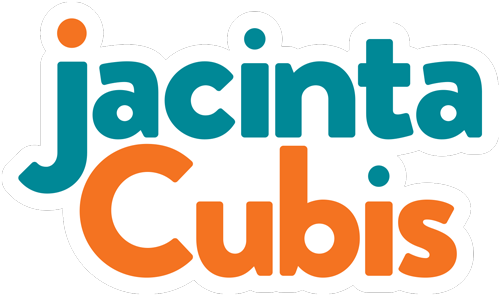Recipe for group dynamics
Asking me how and when a facilitator should ‘do’ something with a group is a bit like asking me how many tomatoes or how much feta cheese to put in a Greek salad.
It depends. For how many people, how many cucumbers have I got, could I find any red capsicums at the market and what sort of tomatoes.
Renato’s 89-year-old mum put it best when he asked her how much flour to add to her Italian biscuit recipe— ‘as much as you need’, she replied with a shrug. A staple of his childhood breakfasts, these biscuits are one of the many culinary secrets he is eager to record from his mother's knowledge.
I gave a similar answer to a colleague when she asked me how and when a facilitator should influence group dynamics— ‘when it’s needed’ was my response.
That means in response to what you as the facilitator sense, observe, hear and see. Only you, the facilitator, can judge. There is no ‘group dynamics’ recipe to follow step-by-step. Like Renato discovered, there are ingredients and some suggested measures, but little in the way of method.
‘Group dynamics’ is a term that seems to roll off the tongue, but let's unpack what it really means. To me, it's all about how individuals act within a group setting, adhering to what they perceive as the 'unwritten' rules of group engagement. These 'rules' can vary significantly from one person to another within the same group, and this can trip them up.
That's precisely why I prioritise setting aside time for people to share their experiences and expectations of working in groups before diving into their work for the session. Tackling this early on is a smart move; it helps navigate the diverse communication styles and the inevitable clash of opinions that often arise when people work together.
I’ve got a process that helps groups talk about this and they end up creating their own group agreement, avoiding the dreaded term ‘ground rules’.
As to ‘how’ and ‘when’, the latter is almost redundant as just the presence of a facilitator influences group dynamics, then our every word, action, expression, music, drawing and any other intervention.
‘How’ depends on if the group dynamics are having a positive impact on the group process and work, or a negative impact—people don’t feel safe, respected or understood. And here’s a twist— ‘disruptive’ can be both positive and negative. I’ve talked about that too.
Like much in facilitation, as in life, judging ‘how’ and ‘when’ depends on your ability to read the room and sense what will help the group. There is no replicable template for a response, just like there is no recipe for my Greek salad or Renato’s family biscuits.
What do you think? How and when should a facilitator influence group dynamics? Let me know.
Be (fl)awesome!

